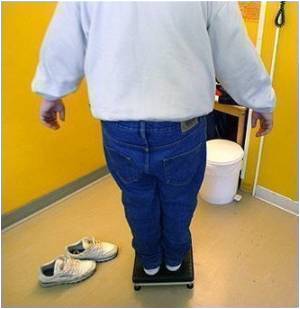Bias plays a role in the diagnosis of gastroesophageal reflux disease (GERD) and increases the likelihood of GERD diagnosis, reveals study.

- In the last 20 years, the number of GERD diagnoses has increased despite a simultaneous decrease in GERD symptoms.
- In the presence of both functional dyspepsia and GERD symptoms, GERD is diagnosed most commonly.
- GERD is the most likely diagnosis in the presence of functional dyspepsia symptoms only.
"These findings serve as a reminder to all physicians to keep an open mind when patients complain of upper GI pain," says senior author G. Richard Locke, M.D., a Mayo Clinic gastroenterologist. "It is worth considering every possible cause of the symptoms, including the sometimes challenging-to-treat functional dyspepsia. Plus, if we believe the patient's symptoms are caused by GERD, we must confirm that diagnosis."
The study also found that:
- Between 1985 and 2009, diagnosis rates of GERD rose from 325 per 100,000 patients to 1,866.
- Symptom reporting for GERD actually decreased from 12 percent during the period from 1988 to 1994, to 7.6 percent in 2008-2009.
- Overall functional dyspepsia diagnosis rates rose from 45 in 1985 to 964 in 1999, yet decreased to 452 between 1999 and 2009.
- Functional dyspepsia symptom reporting was stable at around 5 percent throughout the various survey periods.
- The chance of receiving a GERD diagnosis when reporting GERD symptoms was 63 percent, while the chance of receiving an functional dyspepsia diagnosis when reporting functional dyspepsia symptoms was 12.5 percent.
- Forty-five percent of subjects reporting both GERD and functional dyspepsia symptoms were diagnosed with GERD only.
- Fifty percent of subjects reporting functional dyspepsia symptoms only were diagnosed with both GERD and functional dyspepsia.
Source-Eurekalert










